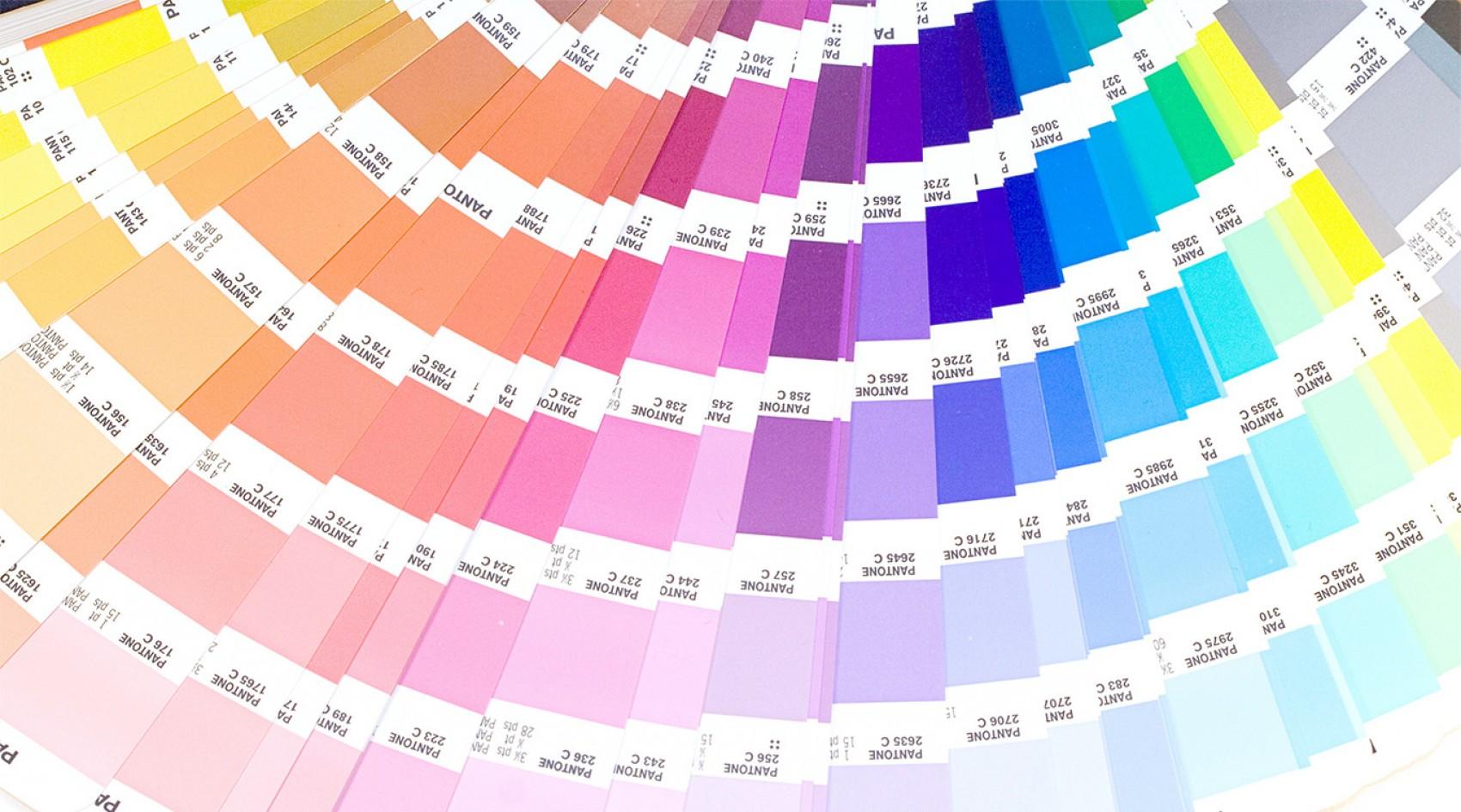The Role of Colour in Branding
Posted by: {johnwatkinson}. 28.05.2024

In the world of branding, colour is not just a visual element; it is a powerful tool that can influence perceptions, evoke emotions, and differentiate a brand in a crowded marketplace. Understanding the role of colour in branding is crucial for businesses looking to create a strong and memorable brand identity.
The Psychology of Colour in Branding
Colours have the ability to evoke specific emotions and associations, which is why the psychology of colour is a fundamental aspect of branding. Each colour can convey different meanings and trigger various psychological responses. For example:
- Red is often associated with energy, passion, and urgency. It is a popular choice for brands looking to create a sense of excitement or urgency.
- Blue conveys trust, reliability, and calmness. Many financial institutions and tech companies use blue to instil a sense of security and dependability.
- Green is linked to nature, health, and tranquillity in the wellness and environmental sectors frequently use green to emphasise their commitment to health and sustainability.
- Yellow evokes feelings of happiness, optimism, and warmth. It is often used by brands that want to project a cheerful and friendly image.
- Black symbolises luxury, sophistication, and elegance. High-end brands often use black to convey a sense of exclusivity and premium quality.
Understanding these colour associations can help businesses choose the right colours for their branding to effectively communicate their brand values and personality.
The Impact of Colour on Brand Recognition
Colour plays a significant role in brand recognition. Studies have shown that colour can increase brand recognition by up to 80%. This is because colours help brands stand out in a crowded market and create a visual identity that is easily recognisable. Think of iconic brands like Coca-Cola, whose red and white colour scheme is instantly recognizable, or Facebook, whose blue logo is known worldwide.
Consistency in colour usage across all branding materials, from logos and websites to packaging and advertising, helps reinforce brand identity and make it more memorable to consumers. This consistent use of colour builds a visual coherence that strengthens the brand’s presence in the minds of consumers.
Cultural Considerations in Colour Branding
While the psychology of colour is important, it is also essential to consider cultural differences in colour perception when developing a branding strategy. Colours can have different meanings and associations in different cultures, which can impact how a brand is perceived globally. For instance:
- In Western cultures, white is often associated with purity and weddings, while in some Eastern cultures, it is associated with mourning and funerals.
- Red is considered a lucky colour in China, symbolizing prosperity and good fortune, while it can signify danger or warning in other contexts.
Brands operating in international markets must be aware of these cultural nuances to ensure their colour choices resonate positively with their target audience.
The Strategic Use of Colour in Branding
To effectively leverage colour in branding, businesses should follow a strategic approach:
1. Know Your Brand Strategy: Understand your brand’s core strategy, its promise, the personality, and the emotions you need to evoke in your audience.
2. Research Your Audience: Identify the preferences and perceptions of your target audience regarding different colours.
3. Consider Your Industry: Analyse the common colour schemes within your industry to identify opportunities for differentiation.
The role of colour in branding cannot be overstated. It is a critical element that influences consumer perceptions, enhances brand recognition, and helps create a cohesive and compelling brand identity. By understanding the psychological and cultural implications of colour, businesses can make informed decisions that elevate their branding efforts and connect more deeply with their audience. Contact us today to discover how we can elevate your brand and help you stand out in a competitive market.
The Psychology of Colour in Branding
Colours have the ability to evoke specific emotions and associations, which is why the psychology of colour is a fundamental aspect of branding. Each colour can convey different meanings and trigger various psychological responses. For example:
- Red is often associated with energy, passion, and urgency. It is a popular choice for brands looking to create a sense of excitement or urgency.
- Blue conveys trust, reliability, and calmness. Many financial institutions and tech companies use blue to instil a sense of security and dependability.
- Green is linked to nature, health, and tranquillity in the wellness and environmental sectors frequently use green to emphasise their commitment to health and sustainability.
- Yellow evokes feelings of happiness, optimism, and warmth. It is often used by brands that want to project a cheerful and friendly image.
- Black symbolises luxury, sophistication, and elegance. High-end brands often use black to convey a sense of exclusivity and premium quality.
Understanding these colour associations can help businesses choose the right colours for their branding to effectively communicate their brand values and personality.
The Impact of Colour on Brand Recognition
Colour plays a significant role in brand recognition. Studies have shown that colour can increase brand recognition by up to 80%. This is because colours help brands stand out in a crowded market and create a visual identity that is easily recognisable. Think of iconic brands like Coca-Cola, whose red and white colour scheme is instantly recognizable, or Facebook, whose blue logo is known worldwide.
Consistency in colour usage across all branding materials, from logos and websites to packaging and advertising, helps reinforce brand identity and make it more memorable to consumers. This consistent use of colour builds a visual coherence that strengthens the brand’s presence in the minds of consumers.
Cultural Considerations in Colour Branding
While the psychology of colour is important, it is also essential to consider cultural differences in colour perception when developing a branding strategy. Colours can have different meanings and associations in different cultures, which can impact how a brand is perceived globally. For instance:
- In Western cultures, white is often associated with purity and weddings, while in some Eastern cultures, it is associated with mourning and funerals.
- Red is considered a lucky colour in China, symbolizing prosperity and good fortune, while it can signify danger or warning in other contexts.
Brands operating in international markets must be aware of these cultural nuances to ensure their colour choices resonate positively with their target audience.
The Strategic Use of Colour in Branding
To effectively leverage colour in branding, businesses should follow a strategic approach:
1. Know Your Brand Strategy: Understand your brand’s core strategy, its promise, the personality, and the emotions you need to evoke in your audience.
2. Research Your Audience: Identify the preferences and perceptions of your target audience regarding different colours.
3. Consider Your Industry: Analyse the common colour schemes within your industry to identify opportunities for differentiation.
The role of colour in branding cannot be overstated. It is a critical element that influences consumer perceptions, enhances brand recognition, and helps create a cohesive and compelling brand identity. By understanding the psychological and cultural implications of colour, businesses can make informed decisions that elevate their branding efforts and connect more deeply with their audience. Contact us today to discover how we can elevate your brand and help you stand out in a competitive market.

